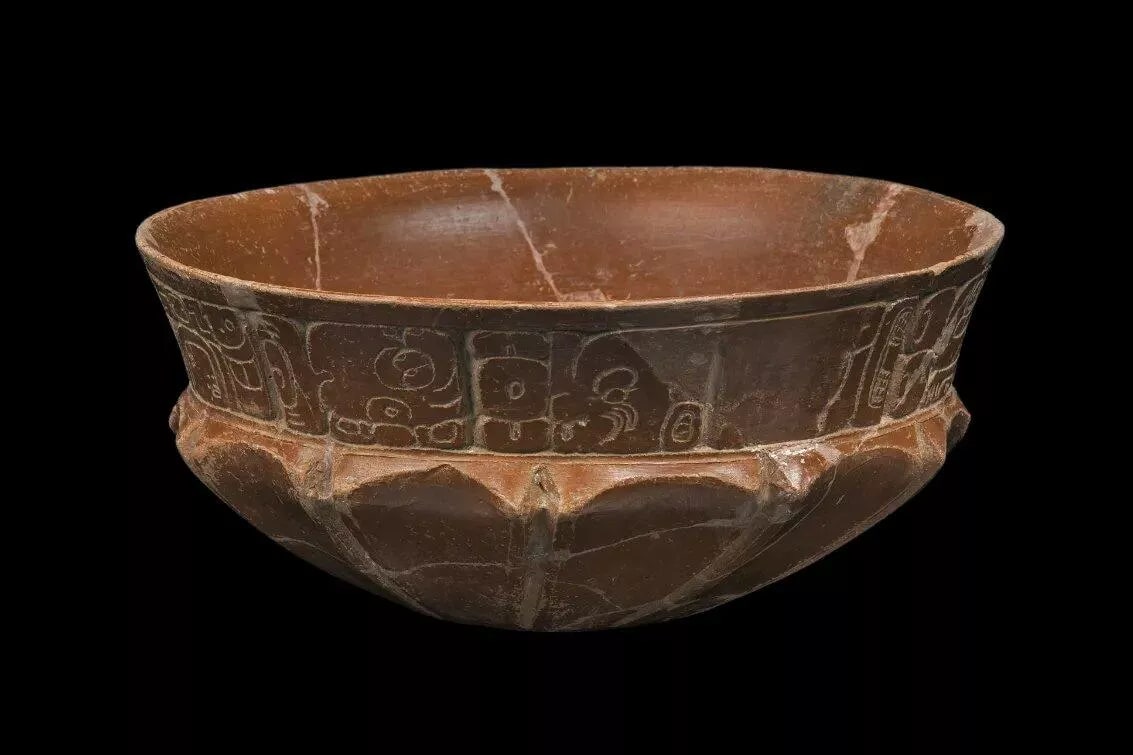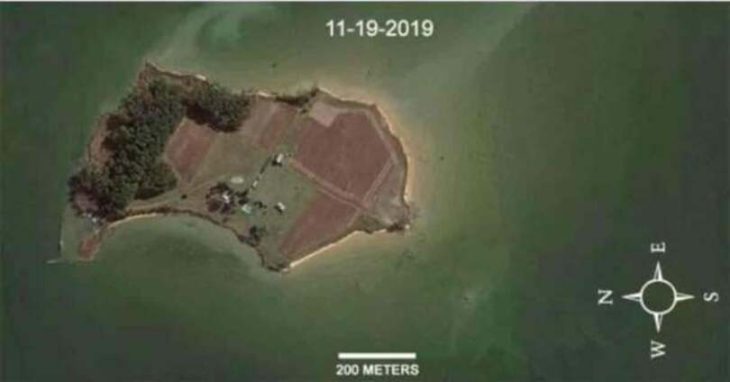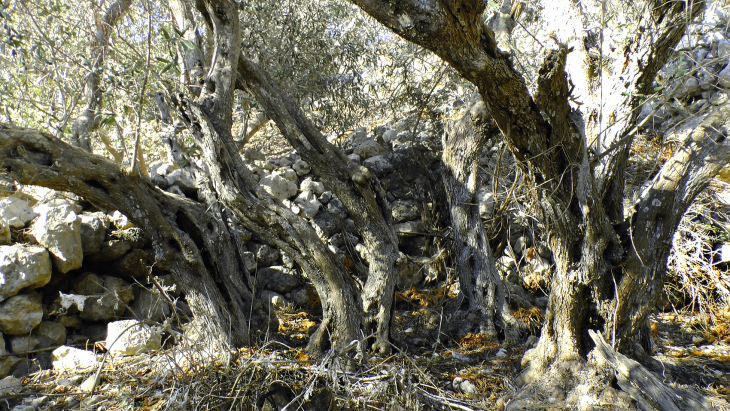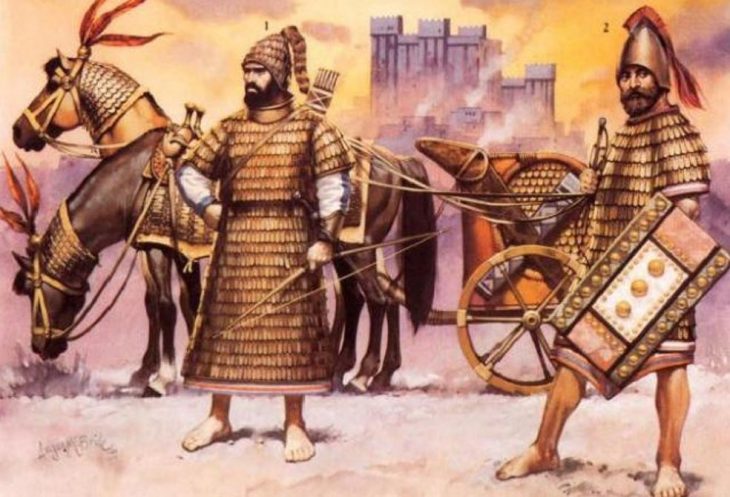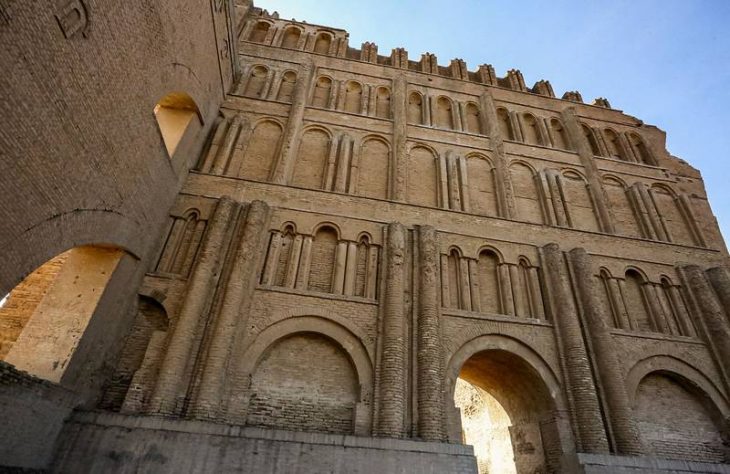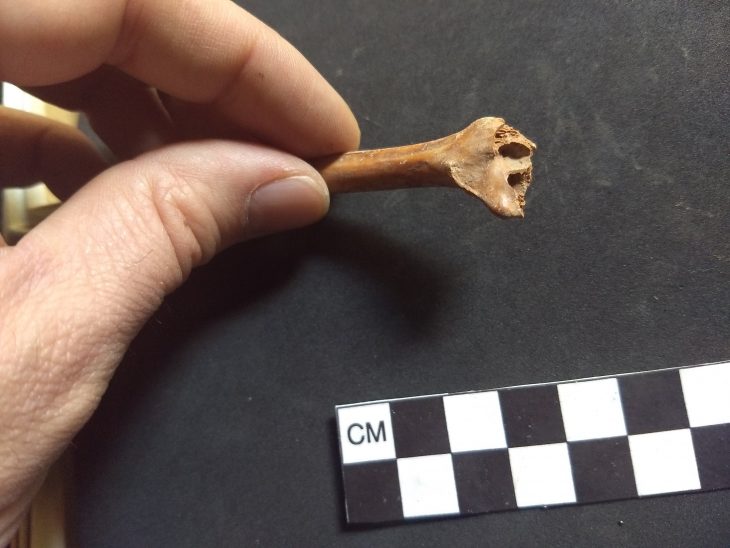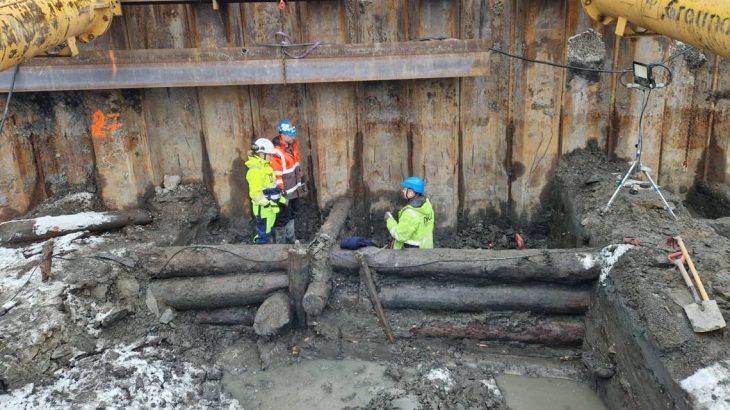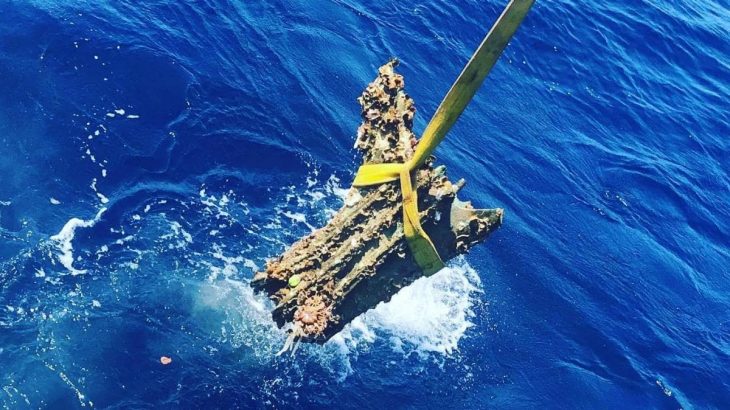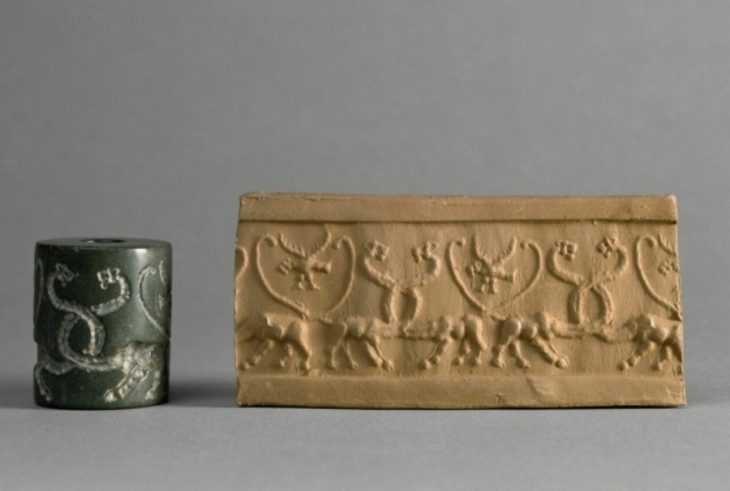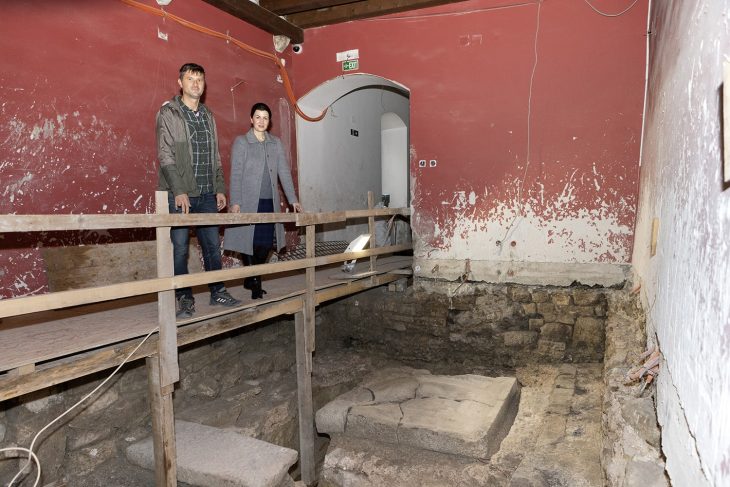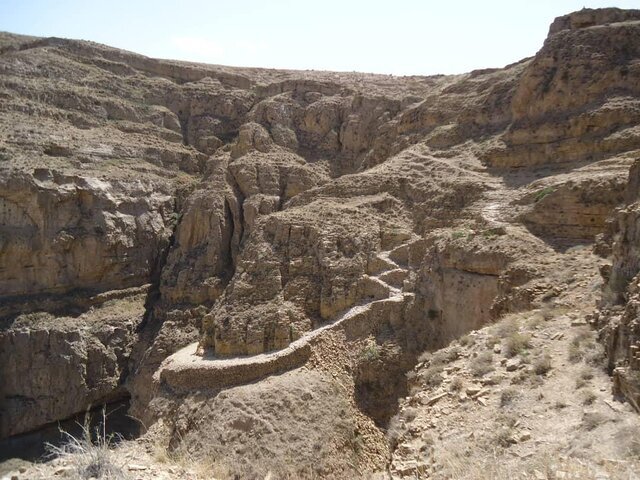Based on the analysis of eleven glyphic cartouches inscribed into a ceramic pot, discovered in October 2021 during archaeological rescue work on the Mayan Train route, researchers at the National Institute of Anthropology and History (INAH) identified the name of an elite figure belonging to the ancient city of Okkintok.
The pre-Hispanic vessel discovered during the Maya train’s construction is one of a kind, with taps from the pottery group found in the north and west of Yucatan.
The vessel dates from the Late Classic period (600-750/800 AD) and has a hieroglyphic band that alludes to a great Mayan lord named Cholom or Cho-lo-ma.
For researchers, Cholom’s nominal phrase can be translated as ‘one who unleashes’, since chol, in Mayan, means ‘to unleash’, and om refers to the person who performs said action.
The glyph for Cholom has been documented on another ceramic piece from the Maya city of Oxkintok. On that vessel he is described as uylul, meaning “hearer.” Oxkintok was a regionally important city, inhabited from the Late Preclassic through the Late Postclassic periods (ca. 600 B.C. – 1500 A.D.) It is less than five miles from Maxcanú where the bowl and plate were discovered.

The archaeologist of the INAH Yucatán Center and coordinator of the ceramic analysis of the Mayan Train Project, Iliana Ancona Aragón, specified that the various recovered materials come from monuments located on the route of section 3 of the Mayan train.
According to archaeologist Ricardo Mateo Canul, 11 glyphs engraved on a band at the top of the bowl mean:: “The man says, on its surface, it has been carved, in its bowl or cajete, in its glass, for atole, from Cholom, el sajal”. Atole is a traditional hot beverage made from corn hominy flour blended with water, sugar, cinammon and vanilla.
Although it is still unknown whether the vessel and its plate had a ritual or daily use function, given that laboratory studies need to be combined with the contextual observations of archaeologists in the field, both elements reaffirm their belonging to the Chocholá style.
Such typology, the specialists explain, is characteristic of the north and west of the state of Yucatan, and includes ceramic works that present hieroglyphic text in bas-relief and may include iconographic scenes. They usually contain a dedicatory phrase that describes the object, mentions its owner and its possible content.
The two pieces discovered in Section 3 of the train date from the Mayan Late Classic period (600–800 AD). The newly restored vessel measures 8.5 cm in height by 21 cm in diameter at its mouth, while the plate measures 11 cm in height by 32 cm in diameter.
Already registered in the INAH databases, they join 40 complete objects and more than 80 thousand fragments of vessels recovered in that section of the Mayan Train.

